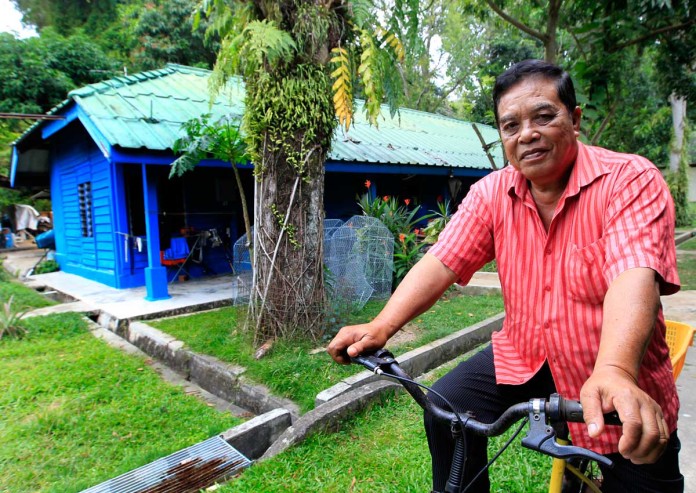2 SDC staff, who live there with their spouses, will be retiring and moving to the mainland
The last four occupants on St John’s Island will have to move to mainland Singapore by the new year.
Two of them, Madam Fauziyah Wakiman, 65, and Mr Supar Saman, 67, work for the island’s managing agent, Sentosa Development Corporation (SDC), and have lived on the quiet island south of Singapore with their spouses for decades.
SDC’s spokesman said the two senior support assistants will be retiring, and the corporation will “hand over the management of the Southern Islands to the Singapore Land Authority (SLA) from March”.
SDC is currently in charge of maintenance of the island and “onsite guest support”.
SLA said it would reveal plans for the Southern Islands, when ready.
Mr Mohamed Sulih, 71, Madam Fauziyah’s husband, will have to say goodbye to a place he has called home all his life.
Mr Sulih, who was born, grew up and got married on the island, told The Straits Times: “I will miss it. I feel sad because I was born here.”
SDC’s spokesman said staff living quarters had been provided for the two staff “for their convenience, in order to minimise travelling time between their homes on mainland Singapore and St John’s Island”.
Island life for Mr Sulih, who retired as one of its caretakers in 2010, revolves around mending nets in the day and catching squid along the jetty at night.
He is also surrounded by a clutch of free-roaming chickens and cares for about 10 cats.
Mr Sulih said he will live with one of his sons in Jurong, and look for homes for the cats. He will give away his boat to a friend. The couple have a flat in Pasir Ris which is being rented out.
Photographer Edwin Koo, 38, who did a project called Island Nation documenting life on Singapore’s Southern Islands, said it was a pity the islanders had to go.
“Why are we booting out people and not attempting to preserve this thread of living heritage?
“I really hope that the authorities will re-think their decision and allow the last few islanders to retire there,” he said.
Frequent island visitor Marcus Ng, 41, a heritage enthusiast and freelance writer, agreed. Mr Ng has been photographing and documenting the island over the past five years.
He said: “It’s a bit of a shame that the couples will no longer be stationed there because it’s nice to have familiar faces around and get a sense that the place is connected to them historically.
“They aren’t just workers but have decades of close association with the place, are reservoirs of information, and provide an intangible connection.”
The island has served as a quarantine station for cholera cases, a holding area for political prisoners and secret-society ringleaders, and as a drug rehabilitation centre.
Over the decades, staff working for these centres made the island their home although most villagers had left for the mainland by 1975, said Mr Sulih.
There was also a reclamation project, started in 2000, to build a causeway to neighbouring Lazarus Island.
The 39ha site continues to draw a steady stream of nature lovers.
melodyz@sph.com.sg

This article was first published on Dec 13, 2016.
Get a copy of The Straits Times or go to straitstimes.com for more stories.







